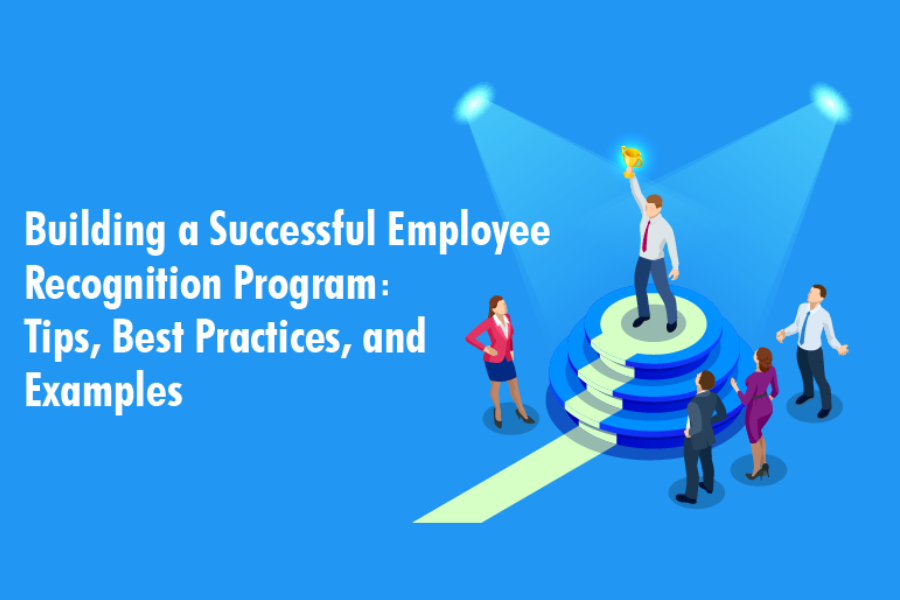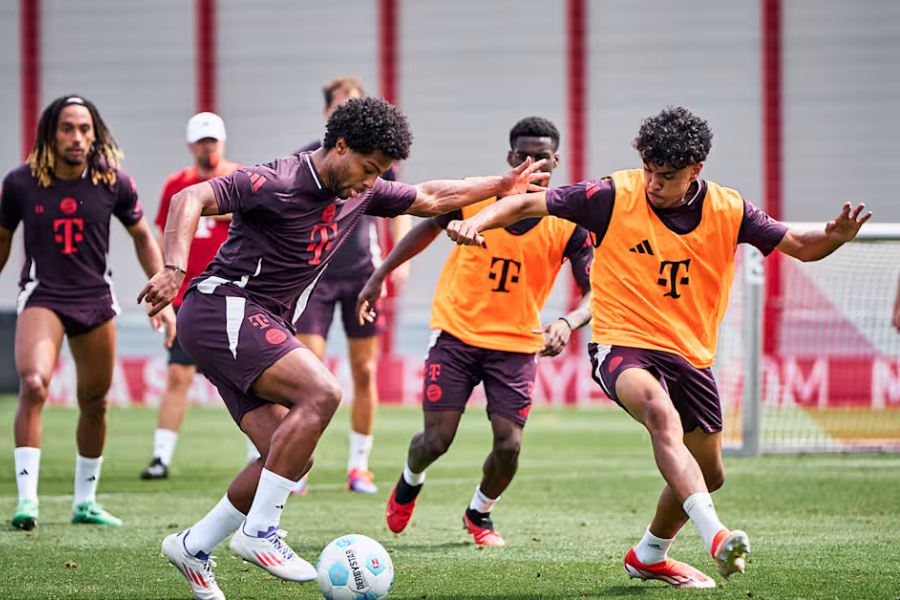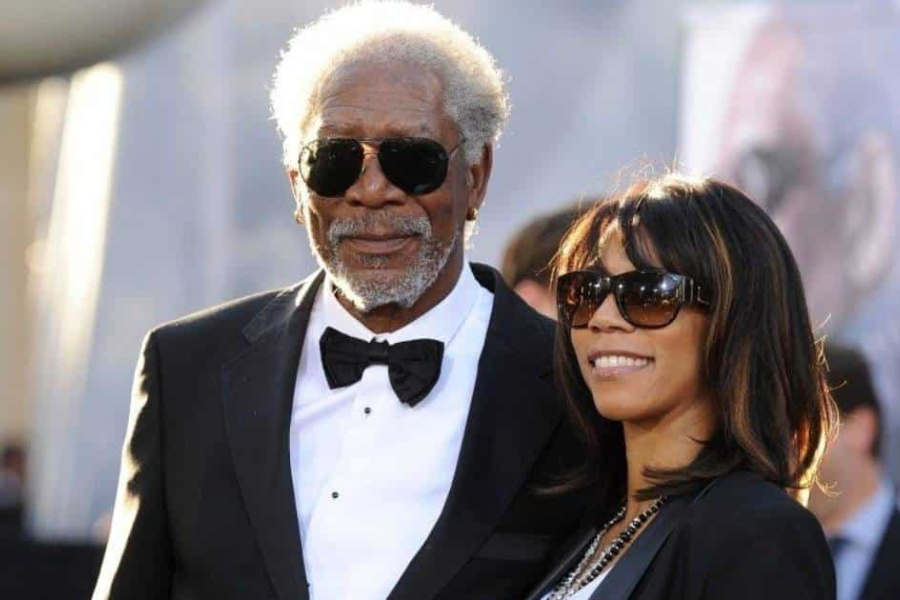Business growth and success is essential, especially in the fast-paced, competitive business environment we live in today. Part of that business growth and success hinges on a company’s ability to retain top talent.
Did you know that it costs a company around $4,129 to hire a new employee? “In terms of employee retention, the average employee tenure is eight years, the annual turnover rate is 19 percent and the involuntary turnover rate is 8 percent,” according to the Society for Human Resource Management.
As you prepare for the workforce, it’s important to understand hiring and retention factors. Part of this understanding involves employee recognition programs and employee recognition awards.
As future employees, and future managers, hiring top talent and keeping that talent will prove valuable. Let’s dive a bit deeper.
Employee Recognition Programs Are Essential
Recognition is essential for a company to save money within the hiring and retention process. However, appreciating employees needs to be authentic. It is not solely about saving money annually.
Team managers and company shot callers need to make employees feel valued. Make employees feel as if they are a necessity, rather than expendable. Employee recognition programs that are generic will simply no longer work within company culture.
Here are a few employee recognition tips:
- Showcase the importance of the work an employee does. Not feeling important in a job can lead to employees feeling not important, and also lead to that employee researching new job opportunities. Making an employee feel that his or her work is important keeps the recognition connection.
- Let employees know that they are valuable. Importance is one part. Letting employees know they are valued through employee recognition programs is the next step. Respect and communication of value is the best recipe for a happy, and highly productive employee. This is similar to your Duke University experience as a student. You seek to be valued as a student and peer.
- Make employee recognition a collaborative theme. When employee recognition comes from within, the collaborative theme is enhanced. This creates stronger bonds between employees, and serves up a powerfully collaborative work environment. This can have a positive impact for business success.
What Types Of Employee Recognition Programs Can Be Utilized?
There are definitely a ton of employee recognition programs and awards to employ. They generally fall within structured programs and unstructured programs.
Structured employee recognition programs are what the term entails — structure. These are events, ceremonies, and planned programs that recognize employees. Unstructured employee recognition programs are more on the spontaneous side.
Structured employee recognition programs include:
- “Employee of the Month” programs. This is by far the oldest, and most used structure recognition program on the planet. But it certainly still has a positive effect among the workforce. Just be careful how this program is carried out, because it can often drive employees apart if not done correctly.
- Employee reviews. This recognition program can be done monthly, quarterly, or annually. By providing reviews for employee work, you can give him or her feedback on performance, and commend the employee in a structured way. There may even be monetized bonuses tied to reviews.
- Company employee milestone awards. This is an excellent structured recognition program and award. Since employee retention is valuable to the company, give employees value when they reach milestones in the company. This could be years of service awards, as well as promotion awards.
Having structure for employee recognition can usher in greater business growth and success. Ensure that structured recognition programs are planned, special, formal, and from the C-suite down.
Unstructured employee recognition programs include:
- Peer recognition awards. When it comes to unstructured recognition, there is nothing better than peer recognition awards. A team, department, or any coworker in the company can recognize another employee for doing something exceptional. These awards can also be used for HR purposes on social media to attract more top talent.
- Digital (gamification) recognition programs. This is the future of employee recognition. There is no doubting how digital the workplace has become. And companies are using this to their advantage for employee recognition. Peers can give other employees digital awards, trophies, and more on a digital platform. This is fun and motivating.
Wrapping Up . . .
The ability to serve up value, importance, and collaborative cohesion can add massive value to the growth and success of a business. Employee recognition programs do this perfectly. Keeping top talent around longer is a recipe for success, whether it is a startup or global enterprise company. How will you facilitate employee recognition when you hit the workforce?














Leave a Reply